
In the world of trade, negotiating mechanisms are quite important. For international trading, we can employ negotiable instruments. Negotiable Instruments are written contracts in which the benefit of the original holder can be passed on to a new holder. To look at it another way, negotiable instruments are documents that ensure payment to the assignee (the person to whom it is assigned/given) or to a specific person. A cheque refers to an instrument in writing which contains an unconditional order, addressed to a banker and is signed by a person who has deposited his money with the banker. This order, requires the banker to pay a certain sum of money on demand only to to the bearer of cheque or to any other person who is specifically to be paid as per instructions given.
What is bill of exchange and example?
A bill of exchange is of real use if it is accepted by the person directed to pay the amount. For example, X orders Y to pay ₹ 50,000 for 90 days after date and Y accepts this order by signing his name, then it will be a bill of exchange.
According to Section 13 of the Negotiable Instruments Act, 1881 a negotiable instrument is a promissory note, cheque or bill of exchange payable either to the order or to the bearer. The transferable nature of the Negotiable makes it possible to transfer and give a legal right to the party who has received such an instrument. Hence, the holder of the instrument could either fulfil his own payment that was due to him or transfer it to some other person. A similarity between negotiable instruments and contracts is that both documents must have the official signatures of the issuer of the document.
Characteristic Features of a bill of exchange:
A cheque is a negotiable instrument under Section 6 of the Negotiable Instruments Act, 1881. By a cheque one individual/party orders the bank to transfer the money to the bank account of another individual/party in whose name the cheque has been issued. A cheque ensures safe, secure, and stress-free payment because it is a convenient option as there is no involvement of hard cash during the transfer process. In other words, a cheque is a bill of exchange drawn on a bank payable always on demand and the bank is always the drawee in the case of a cheque.
Bill of ExchangePromissory NoteDefinitionA negotiable instrument issued to order the debtor to pay the creditor a certain sum of money within a specific date or on demand. Negotiable instruments are signed documents that contains a promise to pay a specific amount of money to the bearer or assignee at a specified date or on being demanded. These instruments are transferrable in nature, allowing the person or entity to use the instrument most appropriately.
The bill of exchange is kind of negotiable instruments generally arising out of trade transactions.Let’s find out the key difference between a bill of exchange and a promissory note. Section 13 of the Negotiable instruments Act recognises promissory notes, bills of exchange, and cheques as negotiable instruments. However, it does not exclude the possibility of other negotiable instruments. Hundis, share warrants, dividend warrants, circular notes, bearer debentures, etc., are examples of a few such instruments recognised by usage or custom. Negotiable instruments play a major role in business transactions, and they are used in both domestic and international trades.
These instruments are transferable signed documents which promises to pay the bearer/holder the sum of money when demanded or at any time in the future. A bill of exchange is also a negotiable tool, which is a written note legally bound, and duly stamped and signed by its drawer. It instructs payment of a certain sum of money to the holder of this instrument on demand, or within a specific time frame. Requiring to be accepted by a debtor to be valid, these are usually the payment for goods and services.
Characteristics of a Promissory Note
Promissory notes, bills of exchange, and checks are all defined in the bill. The bill also establishes penalties for check dishonor and other crimes involving negotiable instruments. Unconditional – The promise to pay must not be conditional. Thus, instruments payable on performance or non- performance of a particular act or on the happening or non-happening of an event are not promissory notes. According to section 13 of Negotiable Instruments Act, A ‘negotiable instrument’ means a promissory note, bill of exchange or cheque payable either to order or to bearer. Bill of exchange – A bill of exchange is something that contains an unconditional order directing someone to pay a sum of money to a specific person, or to the bearer of the bill.
What is difference between promissory note and bill of exchange?
A promissory note is a written promise, whereas a bill of exchange is a written order. The promissory note allows no copies, whereas a bill of exchange can have multiple copies. Three parties are involved in a bill of exchange, but a promissory note only involves two parties.
As the maker of the promissory note himself is promising to pay the amount, it does not require any acceptance. It is presumed that a lost instrument has been duly stamped according to the law. In cases, where the date of acceptance is not dated, the instruments are presumed to be accepted within a reasonable time after its issue and before its maturity. Otherwise, where the date of acceptance is present, such date will be taken as prima facie evidence of the date on which it was made.
FAQs on Difference between Promissory Note and Bill of Exchange
A bill of exchange is a negotiable instrument that is issued when the debtor is ordered to pay the due amount to the creditor within a certain length of time. A promissory note, on the other hand, is a written agreement between the drawer and the drawee in which the drawer agrees to pay a specific sum within a given time frame. While promissory notes, bill of exchange, and cheque have some similarities among themselves, these are distinctly different from each other. Despite being financial instruments with a written promise for payment, these have different features and purposes, which every commerce student must understand. A bill of exchange is a written order by the maker to the payee to pay a certain amount of money to a third party. A bill of exchange primarily acts as a promissory note in the international trade; the exporter or seller, in the transaction addresses a bill of exchange to an importer or buyer.

There are several types of negotiable instruments. The Act primarily concerns itself with Bill of Exchange, Promissory Note and a Cheque. For the purpose of this article, we may restrict ourselves to the study of Promissory Notes and Bill of Exchange. Every promissory note or bill of exchange which is not expressed to be payable on demand, at sight or on presentment is at maturity on the third day after the day on which it is expressed to be payable. Here, the Bill of Exchange confirms that the relevant documents that are required in the said transaction between the seller and the buyer are genuine.
The bill of exchange should be in writing and signed by the maker of the bill . Bills of exchange refer to a legally binding, written document which instructs a party to pay a predetermined sum of money to the second party. Some of the bills might state that money is due on a specified date in the future, or they might state that the payment is due on demand. The bills of exchange provide a framework that enables the credit transactions between the seller and buyer, or debtor and creditor on an agreed basis. The negotiable instrument is a document embodying a right to the payment of money that can be transferred from person to person.
The bill also specifies the penalties for dishonor of cheques and various other violations related to negotiable instruments. A cheque or a bill or a promissory note must be an instrument in writing. Though the law does not prohibit a cheque being written in pencil, bankers never accept it because of risks involved. Alternation is quite easy but detection impossible in such cases.
Difference between bill of exchange and promissory note
The Payee is the individual to whom the money is transferred. These instruments are transferable, as previously stated. The money is given to the final possessor, who can spend them as he thinks fit. That is to state, once an instrument is transferred, the holder acquires full legal title to the instrument.
Promise to pay – It can include a promise to pay or an obligation to pay. As a result, simply acknowledging indebtedness is insufficient. It’s worth noting that the phrase “promise” isn’t required to define a document as a promissory note. The Maker is the person who creates the promissory note and pledges to pay it.
What is the meaning of bill exchange?
bill of exchange, also called draft or draught, short-term negotiable financial instrument consisting of an order in writing addressed by one person (the seller of goods) to another (the buyer) requiring the latter to pay on demand (a sight draft) or at a fixed or determinable future time (a time draft) a certain sum …
This instrument ensures the payment by the debtor to the creditor according to the agreed conditions on the due date. There is no asset held as security in the case of a bill of exchange. In some situations, such as with promissory notes, an asset can be held as collateral for a loan. A notice is sent to all parties concerned if the Bill of Exchange is not respected.
Rights
In writing – A promissory note must be in writing. • The property in instrument is transferred from endorser to endorsee. A negotiable instrument is subject to certain presumptions. For accounting purposes both will be treated alike & both will be classified bill of exchange and promissory note as bills payable & bills receivable. No acceptance is required in Promissory Note as required for a bill of exchange, as the debtor himself writes the document promising to pay the stated amount. Liability Liability of drawer is secondary and conditional.
- A promissory note is a written commitment by a person to pay a particular person or to his order a quantity of money.
- A third party, usually the banks, is a party to several bills of exchange acting as a guarantee for these payments.
- These are issued by debtors and contain their stamp and signature along with a predetermined date for payment and a fixed amount.
- In writing – A promissory note must be in writing.
- It provides for the regulation of promissory notes, bills of exchange, and cheques.
Cheques are also a good way of keeping track of all the transactions on paper. The draft must be stamped as per the legal requirements. Until the contrary is proved, the date mentioned in the instrument is presumed to be drawn on such date.
It must be duly stamped under the Indian Stamp Act – It means that the stamps of the requisite amount must have been affixed on the instrument and duly cancelled either before or at the time of its execution. It may be payable on demand or after a definite period – Payable ‘on demand’ means payable immediately or any time till it becomes time-barred. A demand promissory note becomes time barred on expiry of 3 years from the date it bears.
It provides for the regulation of promissory notes, bills of exchange, and cheques. The Act was enacted to provide a uniform legal framework for the use of negotiable instruments in India. The Act has been amended several times to ensure that it is in line with the changing business practices and legal requirements. Negotiable Instruments are written contracts whose benefit could be passed on from its original holder to a new holder. In other words, negotiable instruments are documents which promise payment to the assignee (the person whom it is assigned to/given to) or a specified person.
In simple words, it is a promise in writing by a person, to pay a certain amount of money unconditionally to a certain person or according to his order. Negotiable Instruments are documents that embody a right to the payment of money and may be transferred from person to person. These instruments were developed with efforts to make credit instruments transferable i.e, creditors to meet their liabilities keep documents that proves somebody is in their debt.
Which instrument is promissory note or bill of exchange?
“Bill of exchange”.—A “bill of exchange” is an instrument in writing containing an unconditional order, signed by the maker, directing a certain person to pay a certain sum of money only to, or to the order of, a certain person or to the bearer of the instrument.
